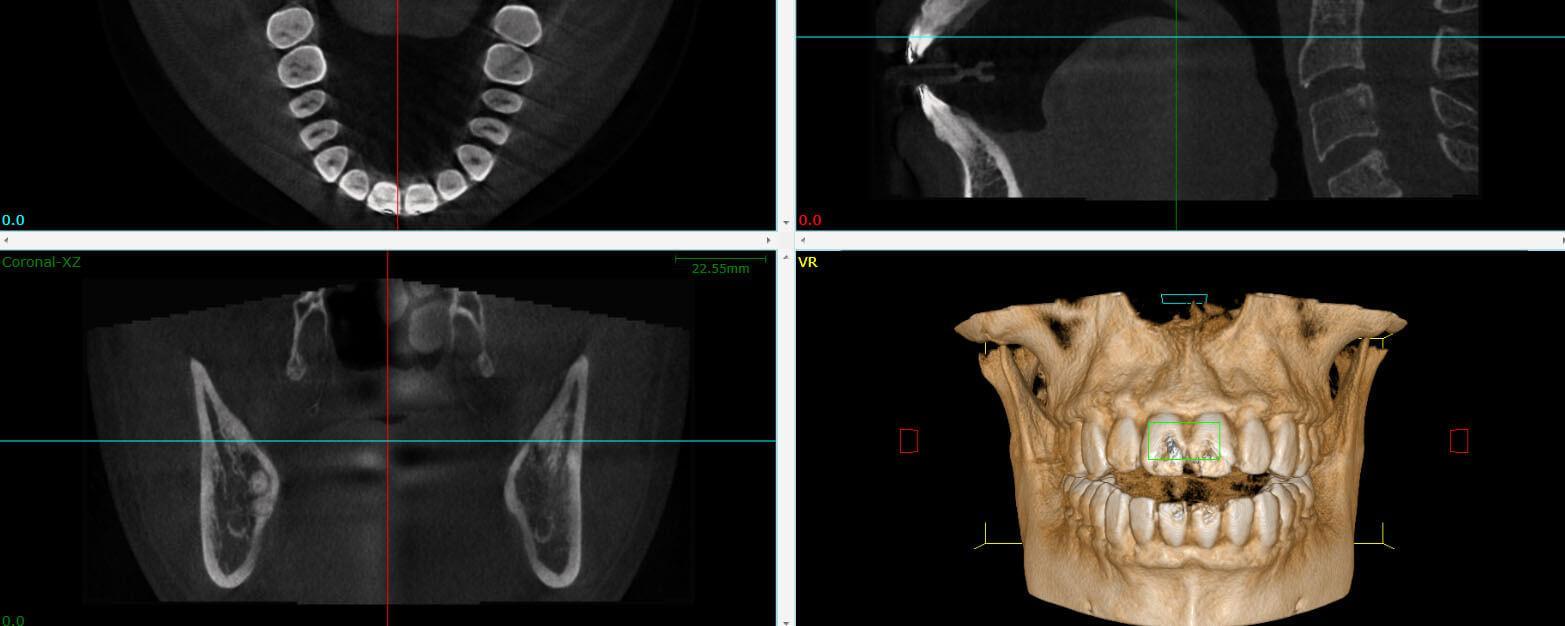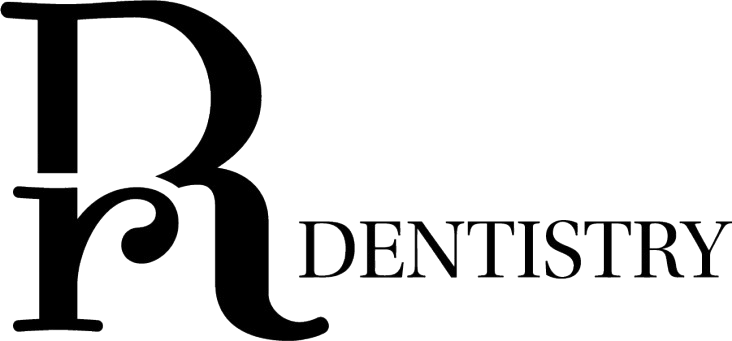
What Is Cone Beam Computed Tomography (CBCT)?
Cone Beam Computed Tomography (CBCT) provides a three-dimensional view and cross-sectional images of specific areas in the mouth and jaw. This technology is essential for various dental procedures, such as placing dental implants, conducting intricate root canals or extractions, and identifying the origins of pain or infection. CBCT provides valuable insights into your dental condition before undergoing treatment. Additionally, it can evaluate potential airway restrictions related to different forms of sleep-disordered breathing.
How CBCT Differs From Traditional CT or CAT Scans
Unlike standard hospital CT or CAT scans, dental cone beam CT utilizes lower radiation levels while delivering more comprehensive images. Traditional CT scans capture parallel X-ray images from head to toe, resulting in gaps between images that the computer must estimate. This process involves higher radiation exposure.
In contrast, a cone beam CT rotates around the head, capturing overlapping images without gaps. The radiation used is significantly lower, most of which targets the specific area of interest. This overlap allows CBCT to generate a detailed 3D model while minimizing radiation exposure.
Benefits of Cone Beam 3D Imaging
One of the key advantages of dental CBCT is its ability to provide thorough diagnostic information with minimal radiation exposure — comparable to what one would experience from a single day of regular background radiation. The low risk associated with such radiation levels far outweighs the potential dangers of misdiagnosis. With CBCT, doctors can ensure the highest level of diagnostic accuracy for your dental needs.
If you have any further inquiries about the benefits of cone beam 3D imaging, please call (512) 869-5997 or email us.
Office Hours
MON - WED7:00 am - 3:30 pm
THU7:00 am - 1:00 pm
FRI7:00 am - 3:30 pm
SAT - SUNClosed
